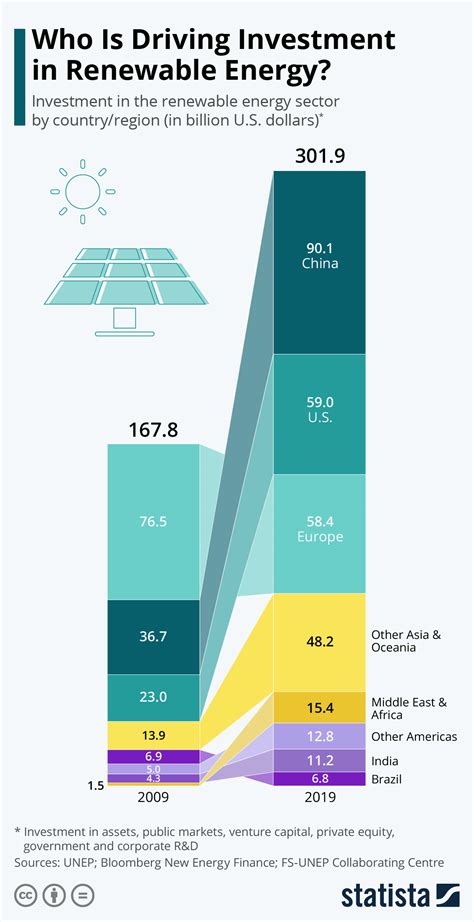Switching to solar energy for residential use is becoming increasingly popular, but it’s not just a straightforward path paved with sunlight. The decision involves complex considerations ranging from initial capital investment to future financial returns, and from government incentives to maintenance costs. The journey is as much about navigating these elements as it is about the technology itself. Let’s explore these considerations in depth, drawing insights from a variety of experiences shared online.
One often discussed factor is the contribution of Solar Renewable Energy Certificates (SREC) to the financial returns of solar installations. For instance, users have emphasized that in regions like Washington, DC, the high value of SRECs makes solar financially viable. It appears, without these certificates, the return on investment (ROI) would be significantly lower.
Comments from users revealed diverse perspectives on how to maximize energy savings besides just installing solar panels. Besides feeding energy back into the grid, homeowners can optimize their energy consumption patterns. Techniques such as load shifting—using high-energy appliances during peak production times—and investing in battery storage can substantially reduce reliance on grid electricity. Similarly, some users have also considered the long-term benefits of energy arbitrage and techniques like vehicle-to-grid (V2G) which allows electric car batteries to feed back into the home grid.
Another intriguing point revolves around the impact of solar installation on property value. While discussions showed differing experiences, it’s generally agreed that solar panels likely increase a home’s market value. Various users cited studies, such as those by Zillow, indicating an average home value increase of around 4%. Anecdotal evidence points to even higher boosts in local markets like DC, though recouping the full cost of installation in home value alone remains contentious.
The discussion also branched out into the sheer volume of electricity some households consume and the reasons behind it. Various users expressed disbelief and awe at the 50 kWh/day consumption, which is substantially higher than the norms observed in many countries, often attributing this to the extensive use of air conditioning in less insulated homes. Notably, some users from colder climates like Norway and Central Europe reported relying heavily on electric heating, thus skewing their consumption upwards especially during winter months. This stands in stark contrast to the minimal consumption reported by individuals from temperate or well-insulated homes.
Beyond the financial and consumption metrics, the conversation also delved into environmental ramifications. Several voices highlighted how renewable energy from solar panels contributes to reducing dependence on fossil fuels, thereby lowering carbon footprints and contributing to global environmental goals. Others discussed the geopolitical implications, noting that reducing oil dependence could also limit the financial power of regimes that profit from oil and engage in global instability.
Maintenance costs and hidden setbacks also came into play. The general consensus is that while solar installations do come with their share of maintenance needs, such as cleaning and occasional repairs, the overall hassle is manageable. However, some users pointed out that factors like inverter replacements or unexpected faults could add unforeseen expenses, thereby slightly elongating the ROI period.
Mass adoption of solar energy brings to light broader infrastructural considerations. Critics highlighted that while rooftop solar is beneficial, it cannot function as economically efficient as large-scale installations without significant subsidies. The debate over grid stability, variability of energy supply, and the role of net metering continues to be polarizing. On the flip side, some argue for a hybrid approach that combines small-scale residential solar installations with large-scale utility projects to balance out inefficiencies and stabilize the grid.
Though personal experiences and data vary widely, the collective insights underline a common narrative: transitioning to solar energy is financially and environmentally beneficial, though not without its complexities. From leveraging government incentives to understanding home energy needs, and from assessing impacts on property values to navigating maintenance, it’s clear that a well-informed approach is crucial for maximizing the benefits of residential solar energy.


Leave a Reply